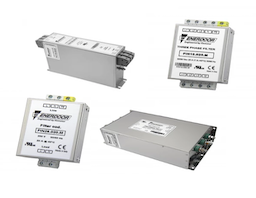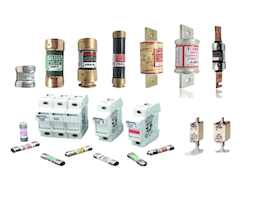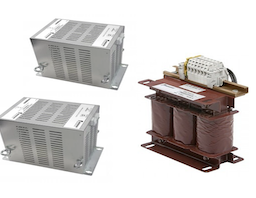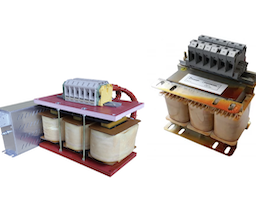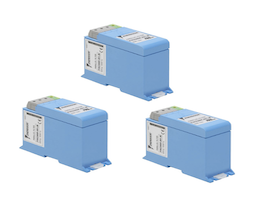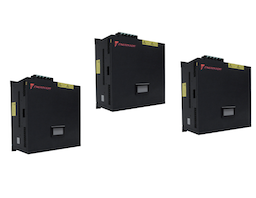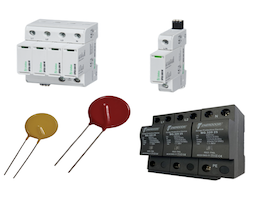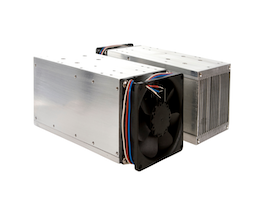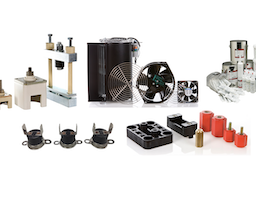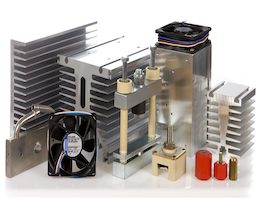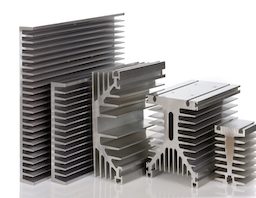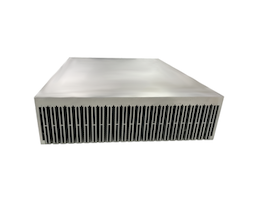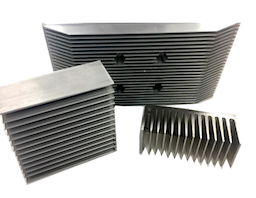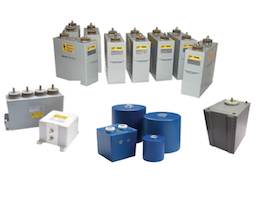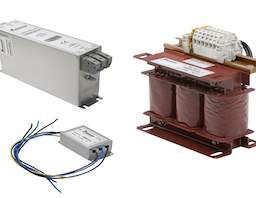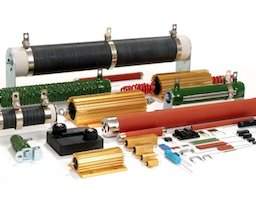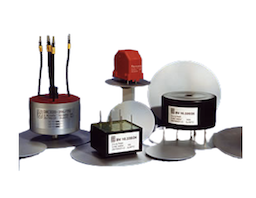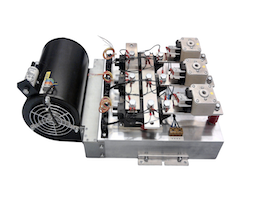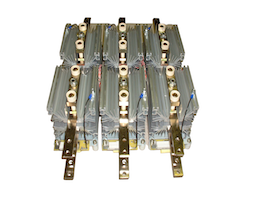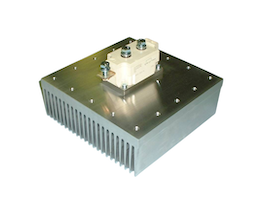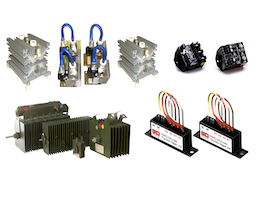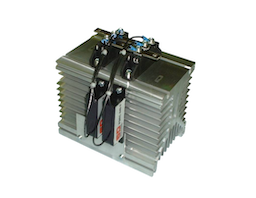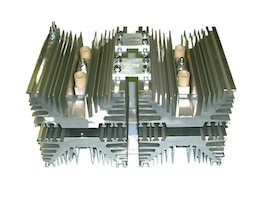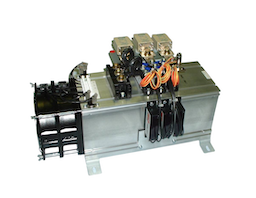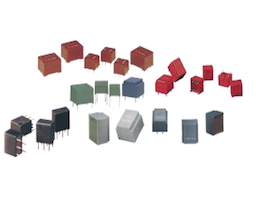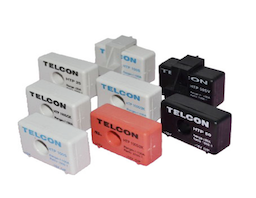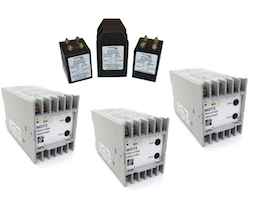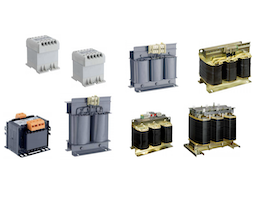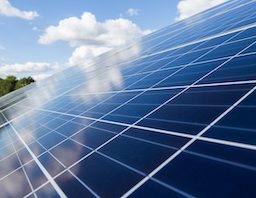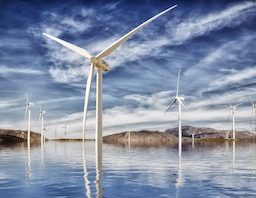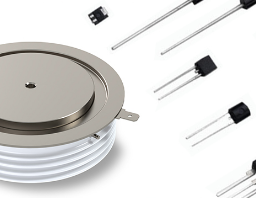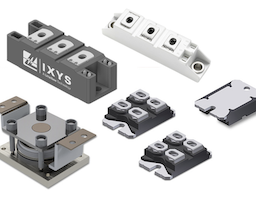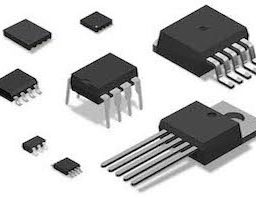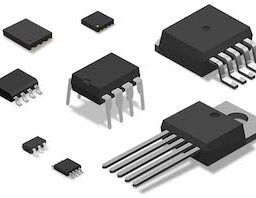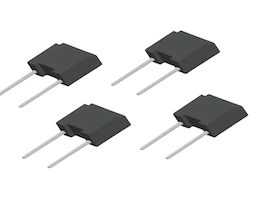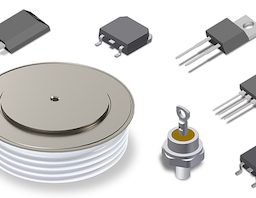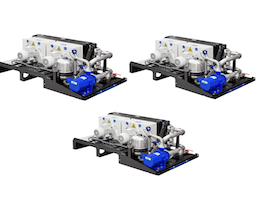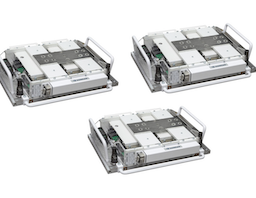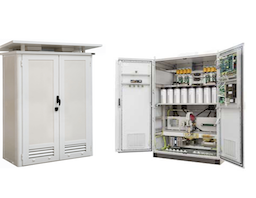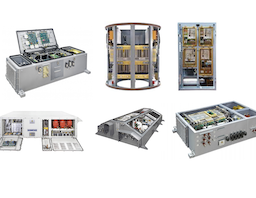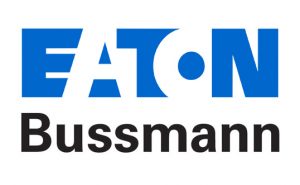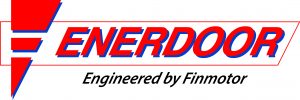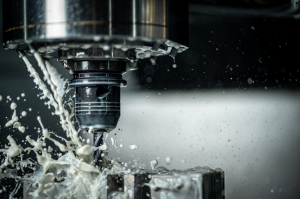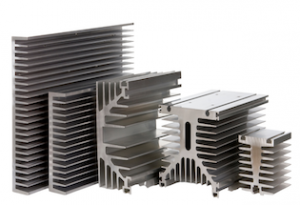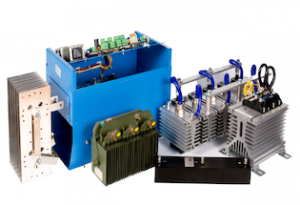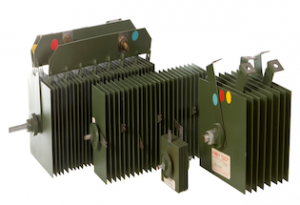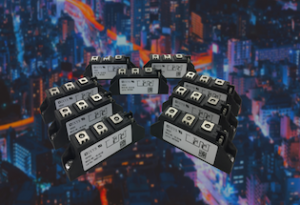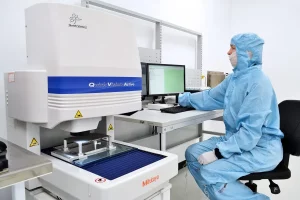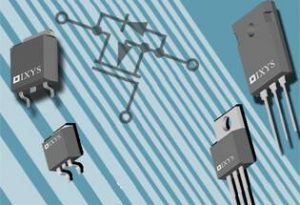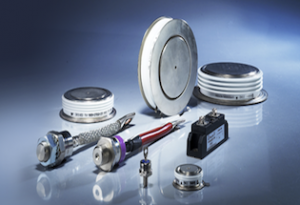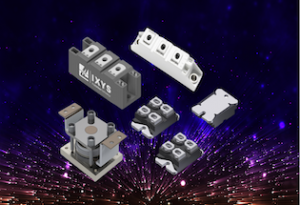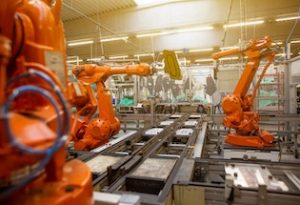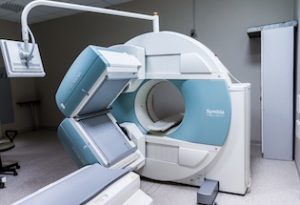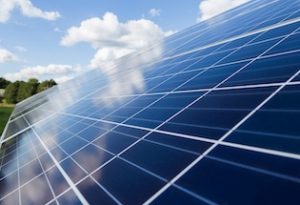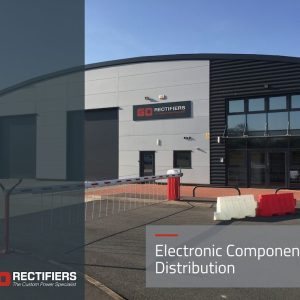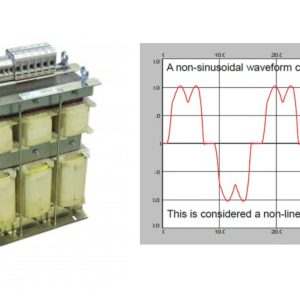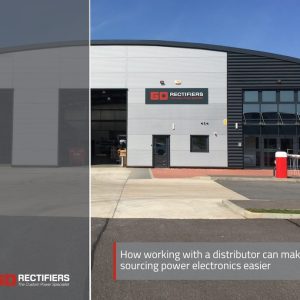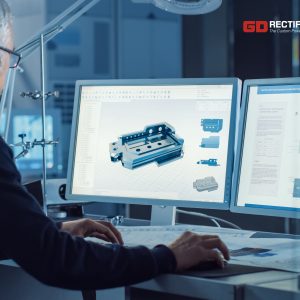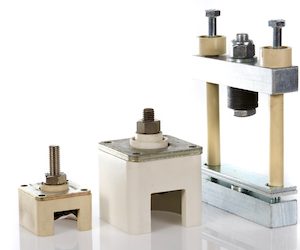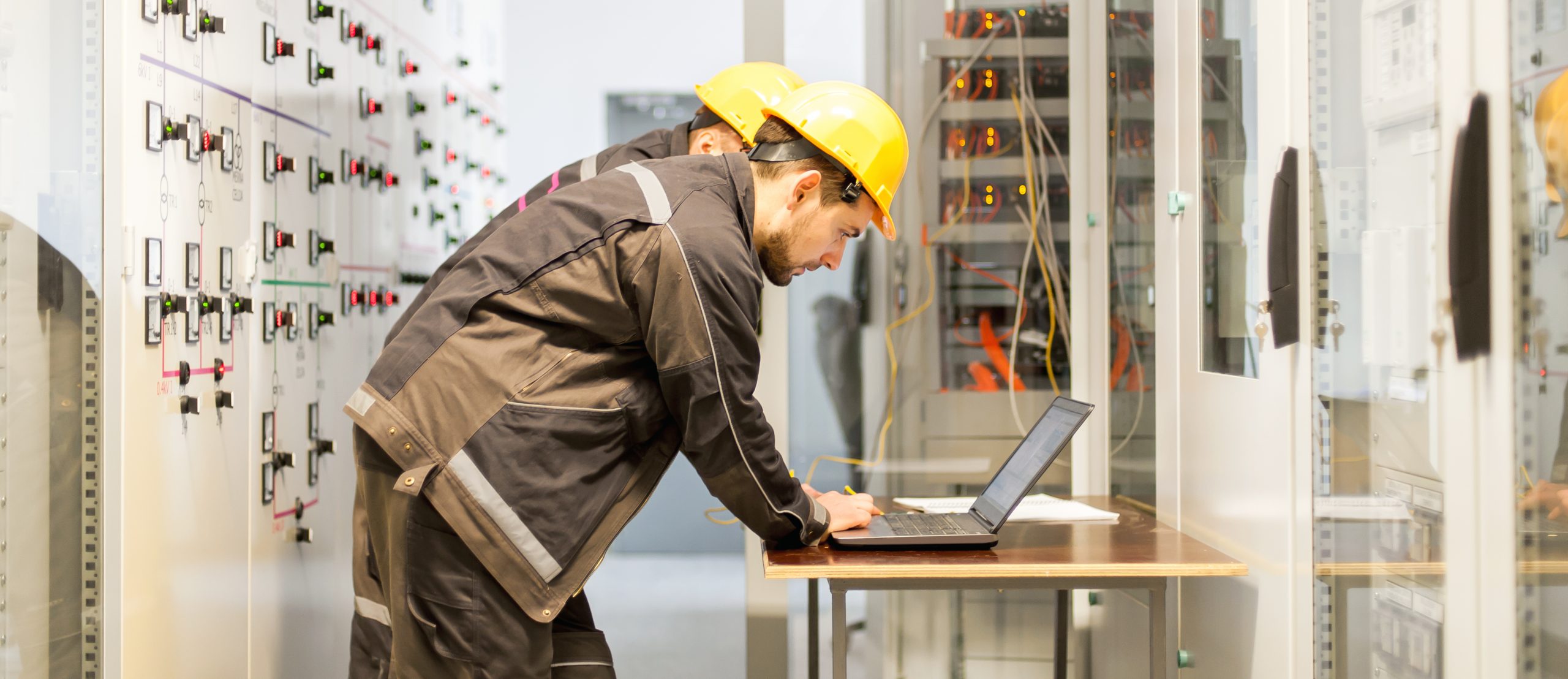24.08.2020
August 2020 – Buyer’s purchasing guide to heat sinks
Published on: 24/08/2020
Learn more about heat sinks, why they’re important and how to select the right one for your application
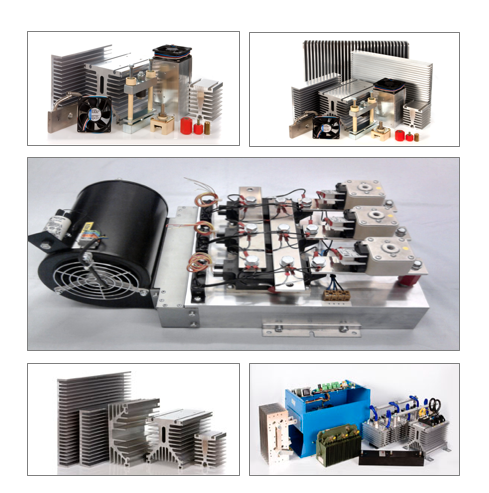
GD Rectifiers is one of the UK’s leading manufacturers of heat sinks, they design a comprehensive range of standard and customised heat sinks, heat sink accessories and power assemblies.
They offer 160 different profiles in stock on their shelves at their factory in Burgess Hill, West Sussex. They also offer a contract manufacturing service for CNC machining and power assemblies.
GD Rectifiers specialises in high quality batch-work machining with a highly-skilled workforce, and operates a modern machine shop with a range of CNC and milling machines. They are experienced in the machining of complex components in a diverse range of materials that include: aluminium and mild steel.
The typical size of GD Rectifiers’ CNC machines are up to 2000mm with a saw capacity of 500mm x 200mm.
This heat sink guide is designed to give you a better understanding of what heat sinks do, how they’re fitted and why they work so effectively.
Definition of a heat sink
Heat sinks are a widely used method of cooling for parts or components that can become hot or overheat in use. Heat sinks are used in many types of electronics and mechanical systems use heat sinks and are used to absorb and dissipate high temperatures created by electronic and mechanical components or devices.
Heat sinks gradually transfer heat energy away from a component that is generating it. Heat sinks improve the performance of components by allowing them to run better, for longer and more efficiently.
Types of heat sinks
There are several types of heat sinks available today, however most of them are made from metal, either copper or aluminium. The majority of heat sinks used in the power electronics industry today are passive, which allows them to naturally conduct heat away form the source without any additional equipment or processes required.
Additional cooling methods can also be attached to passive heat sinks, such as cooling fans, allowing a much more effective dissipation and using these techniques mean that the heat sink is usually referred to as an active one.
Passive heat sinks
Passive heat sinks naturally conduct heat and isn’t directly assisted by any additional products or processes when cooling a component. If you attach a passive cooling heat sink to an electrical or mechanical part, the heat being generated is dispersed entirely through the direct contact established between them and the surrounding air.
Passive heat sinks are usually larger than many active models, simply because they provide a standalone solution and are without the added benefit of fans or other cooling methods. They often feature a typical finned or pin layout which gives them a large surface area to allow sufficient heat transfer.
Active heat sinks
Active heat sinks use fans, water pumps or various other powered processes to enhance the cooling capacity and speed of the heat transfer. They are predominantly used in computers where the coolers can run off the PC’s internal power supply.
One of the most common forms of active cooling for heat sinks involves one or more fans being mounted directly above or on the side of the heat fin stack.
Advanced types of active heat sinks tend to use water, oil or other liquids to help carry heat away from the source.
Material types of heat sinks
Copper heat sinks
Copper is an excellent thermal conductor, it helps draw heat quickly away form a device or circuit, making it a core material and good choice for a heat sink. Copper heat sinks are typically more expensive than aluminium and can weigh up to three times more than the popular alternative.
Aluminium heat sinks
Although aluminium is not believed to conduct heat as efficiently as copper, it’s considerably light and cost effective, often making it the preferred heat sink material with buyers.
Aluminium is a more structurally robust metal when used in thin sheets, often known as extruded aluminium.
Finned heat sinks
Made from a solid block of metal which has been sliced into a large number of thin plates, finned heat sinks provide a much greater surface area, making it more efficient and effective to transfer heat away from any component.
Die-cast models and CNC machining are two processes used to manufacture a finned heat sink. Die-cast fins are cost effective for high-volume orders, while a CNC milled fin heat sink is usually more expensive but provides a superior quality and tends to be used in smaller volumes.
Pinned heat sinks
Pin heat sinks are constructed with a cluster of pins or rods extending upwards or outwards from its base. The pins can be cylindrical, elliptical or square. Pin heat sinks are calculated to have a greater surface area than finned types, although they do not necessarily improve performance significantly and they are generally not as commonly used.
Manufacturing types
1) Extruded heat sinks – one of the most common types used in a wide range of applications, the metal is forced into the required shape
2) Bonded heat sinks – ideal for space-saving, fins are individually attached to the base in a dense array
3) Forged heat sinks – a cost effective option, relies on a die or mould to set the metal in the required form
4) CNC machined heat sinks – often a slightly more expensive and higher waste option, the metal is precision-cut from a solid block
When selecting the manufacturing type best suited to an application, buyers need to consider the best balance between quality, performance, cost and forecasted volume.
Typical heat sink applications
GD Rectifiers heat sinks are widely used by customers in the rail, LED lighting, solar/green energy, electrical and industrial equipment, automotive and marine industries.
How to select the right heat sink for your project
The five most important elements to consider when selecting a heat sink are:
1) Calculate the thermal resistance for the application and consider the maximum temperature range along with the amount of heat dissipation required
2) Don’t waste time, contact heat sink manufacturers directly to discuss your specification
3) Consider the installation position of the heat sink alongside the optimum mounting direction and if it can be achieved
4) Think about the fin height and efficiency required for the application
5) Determine the fin geometry and if fans are required
GD Rectifiers have been manufacturing state-of-the-art heat sink for over twenty years and are specialists in thermal solutions. GD Rectifiers works closely with customers on finding the right heat sink for their project, exploring standard off-the-shelf heat sink profiles, from over 160 profiles in stock or designing a customised solution.
GD Rectifiers offers: aluminium heat sinks, custom heat sinks, forced-air cooled heat sinks, hollow fin heat sinks, solid fin heat sinks, LED heat sinks, water and oil cooled heat sinks. They also offer a large range of heat sink accessories, including: clamps for capsules, busbar insulators, busbars for modules, AC and DC axial fans, thermal trips and thermal compound.
GD Rectifiers looks at the performance requirements of the required heat sink to determine geometry, material, surface treatment, air velocity and the interface with device.
For further information on GD Rectifiers’ extensive range of heat sinks, or to discuss your heat sink requirements, please call: 01444 243 452 or email: enquiries@gdrectifiers.co.uk.
